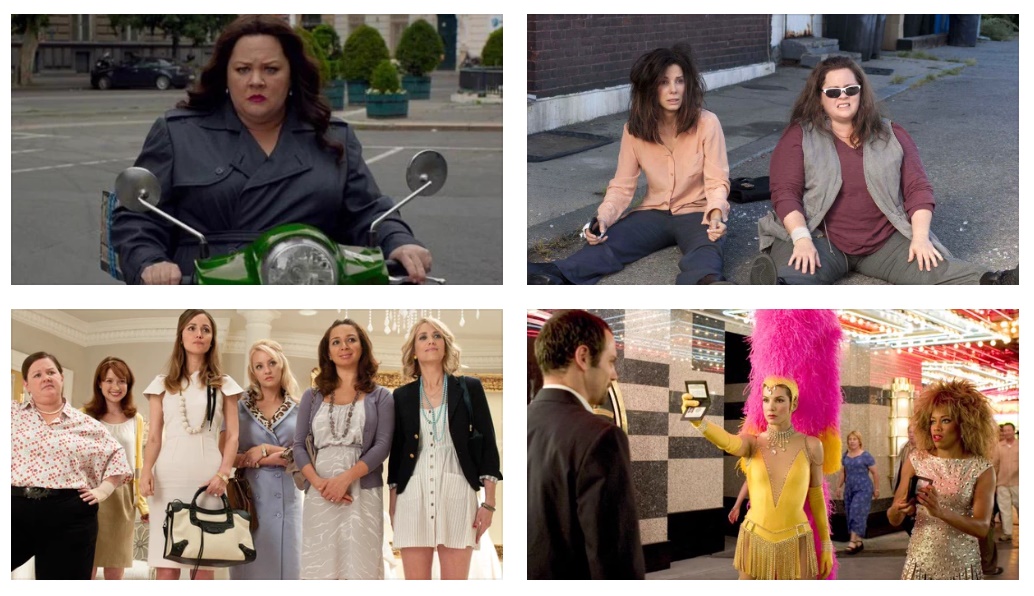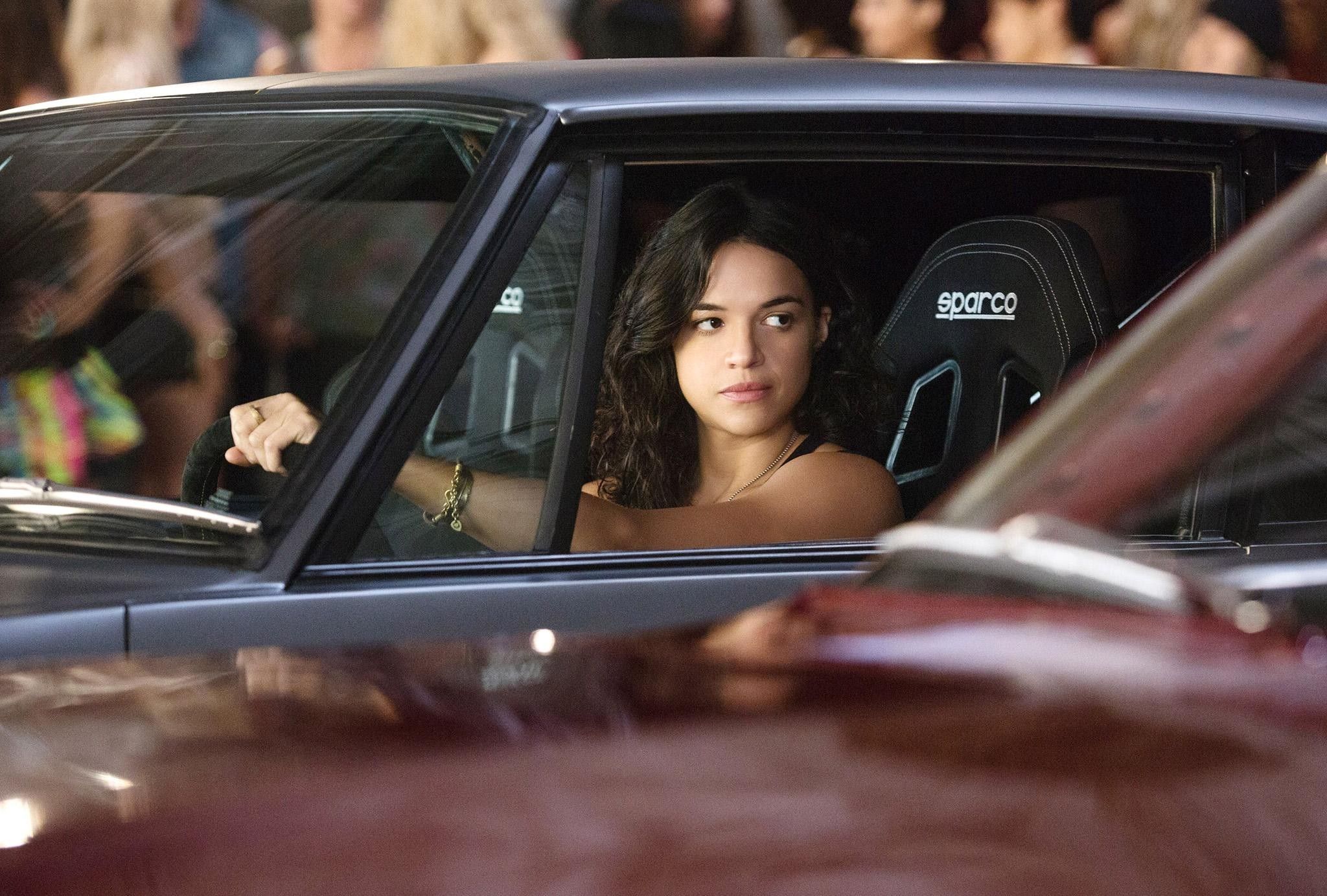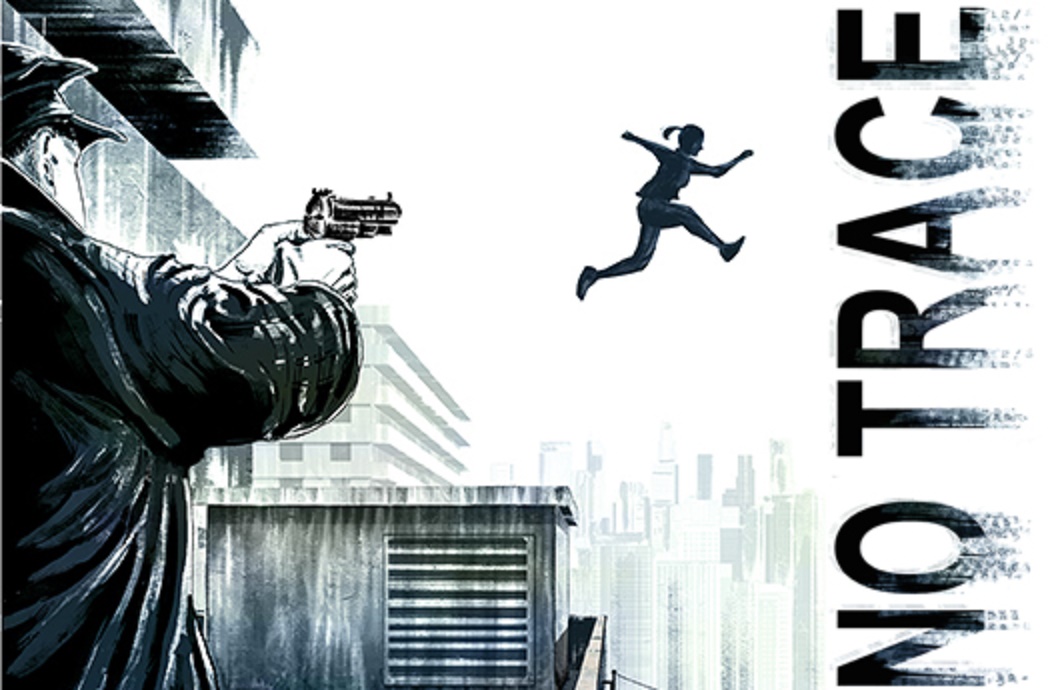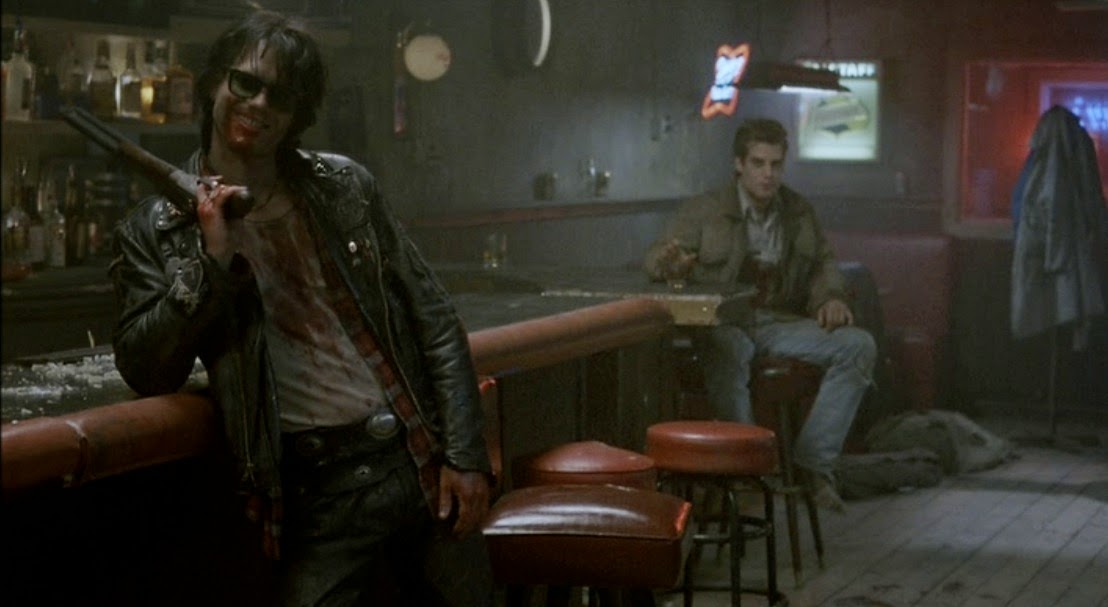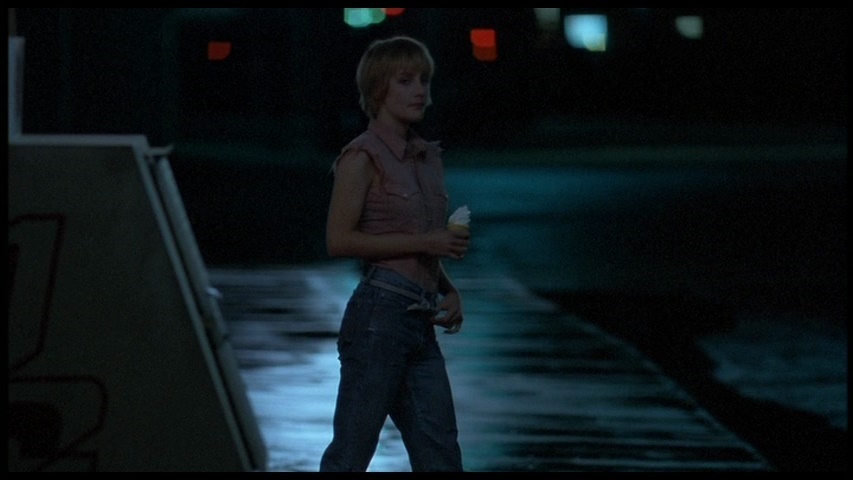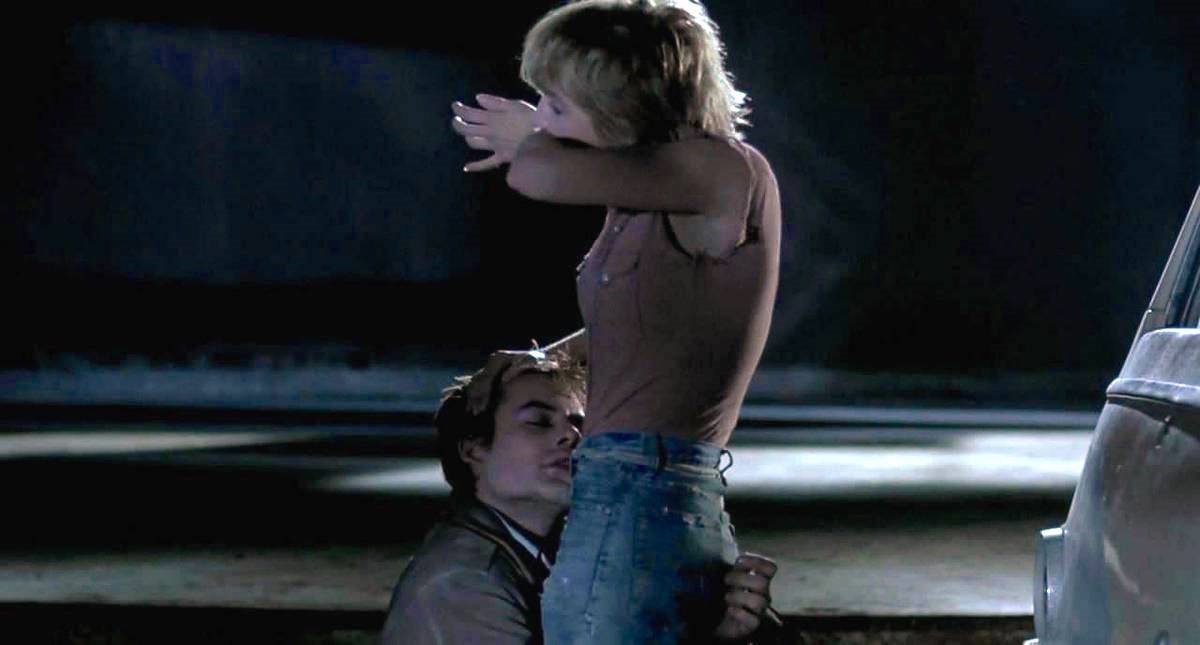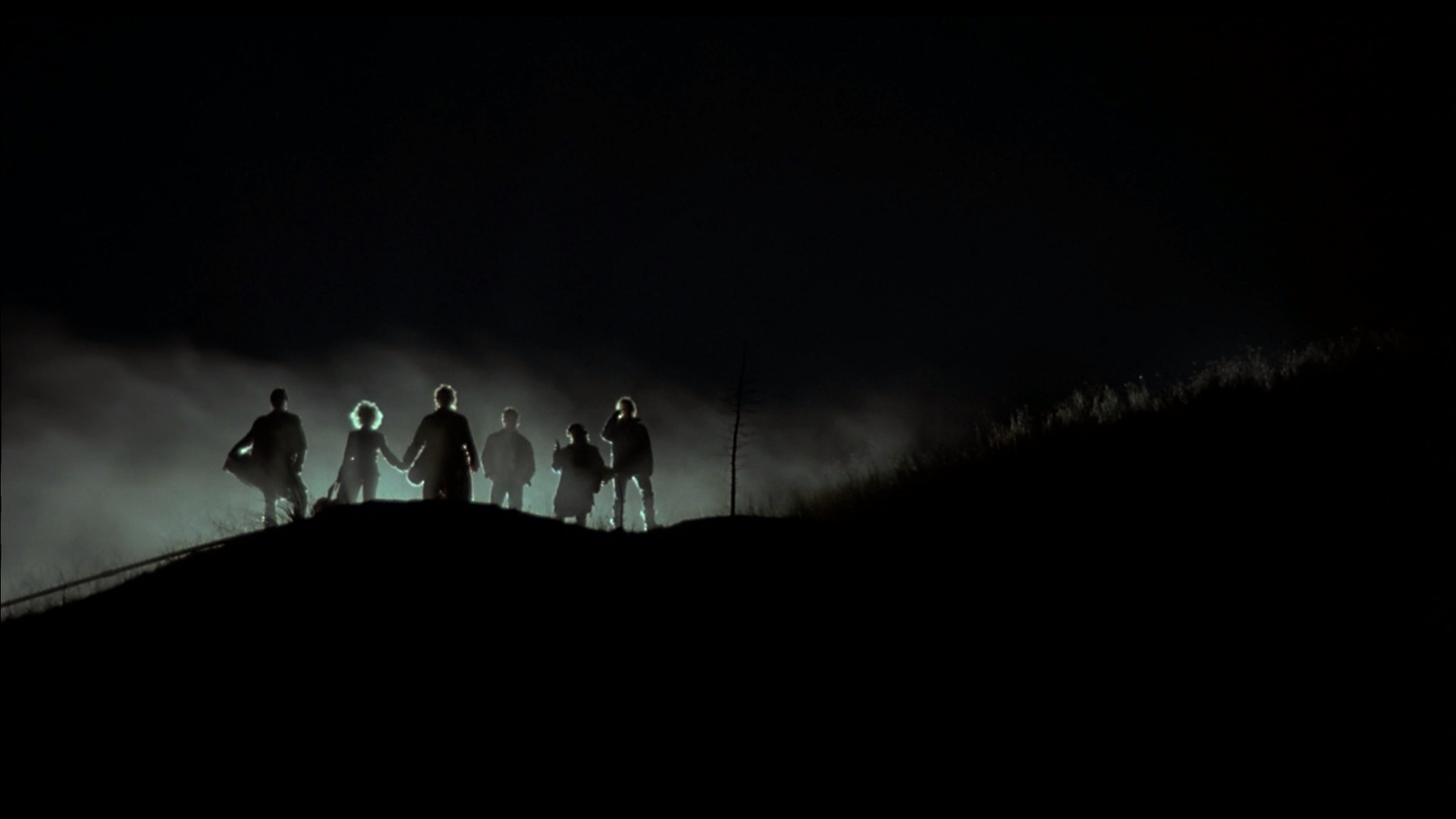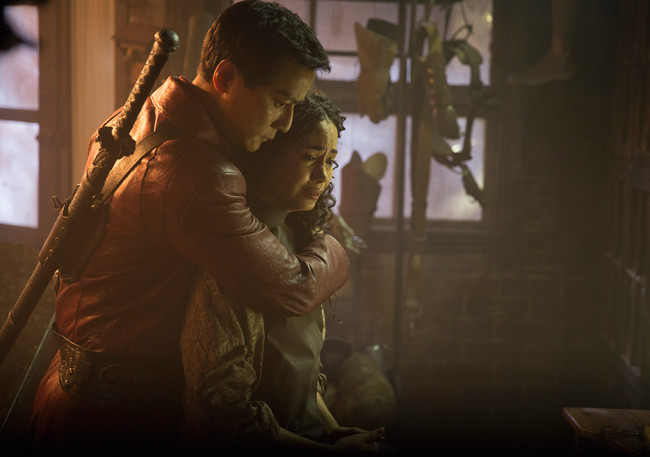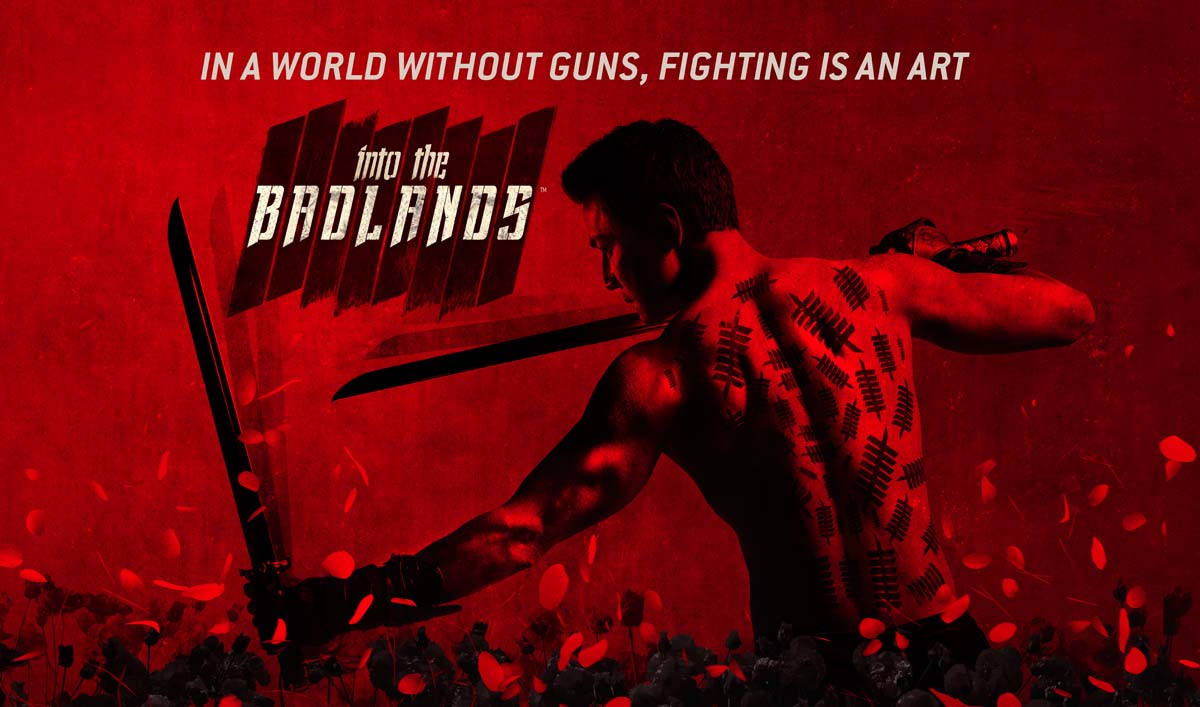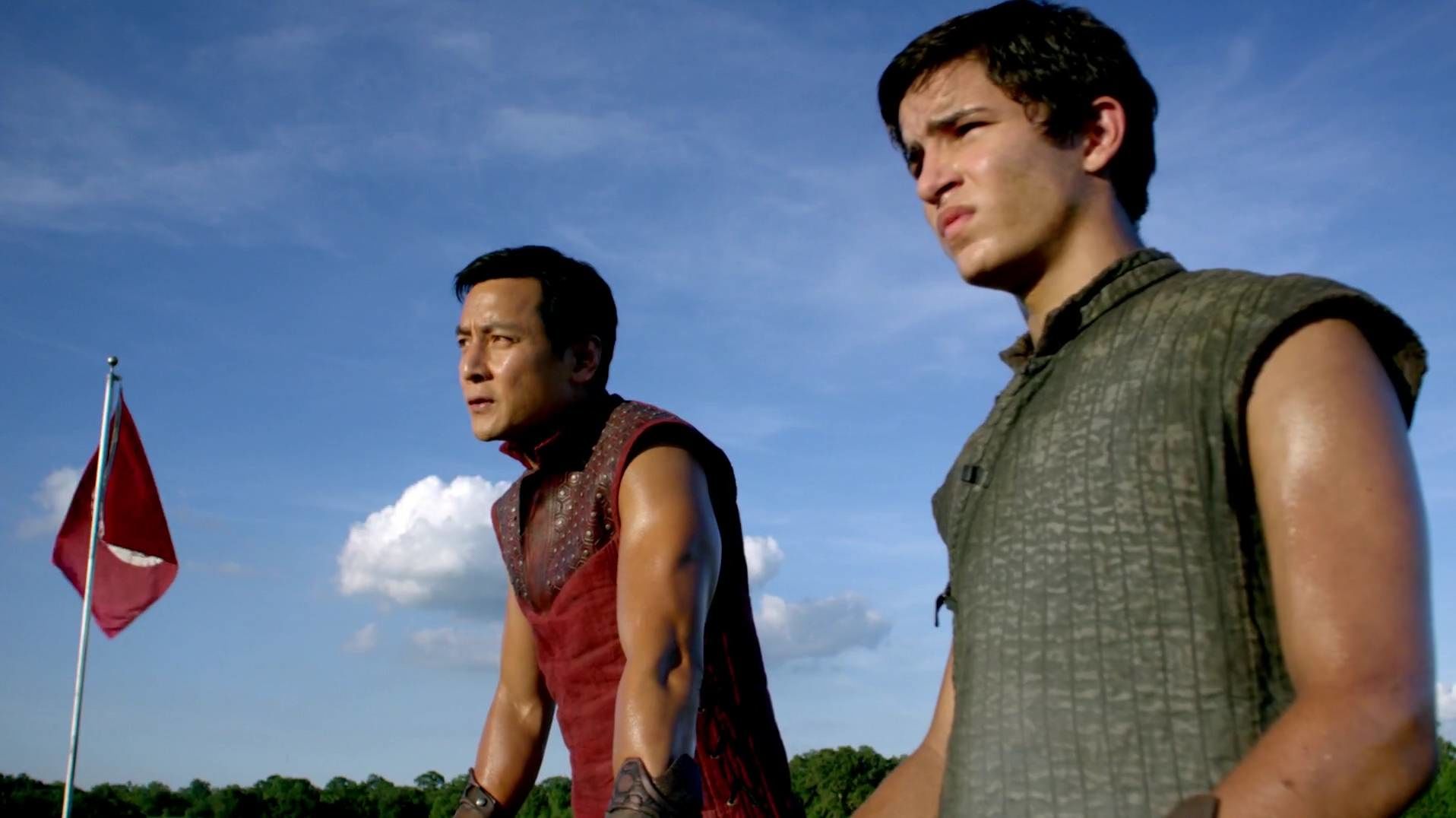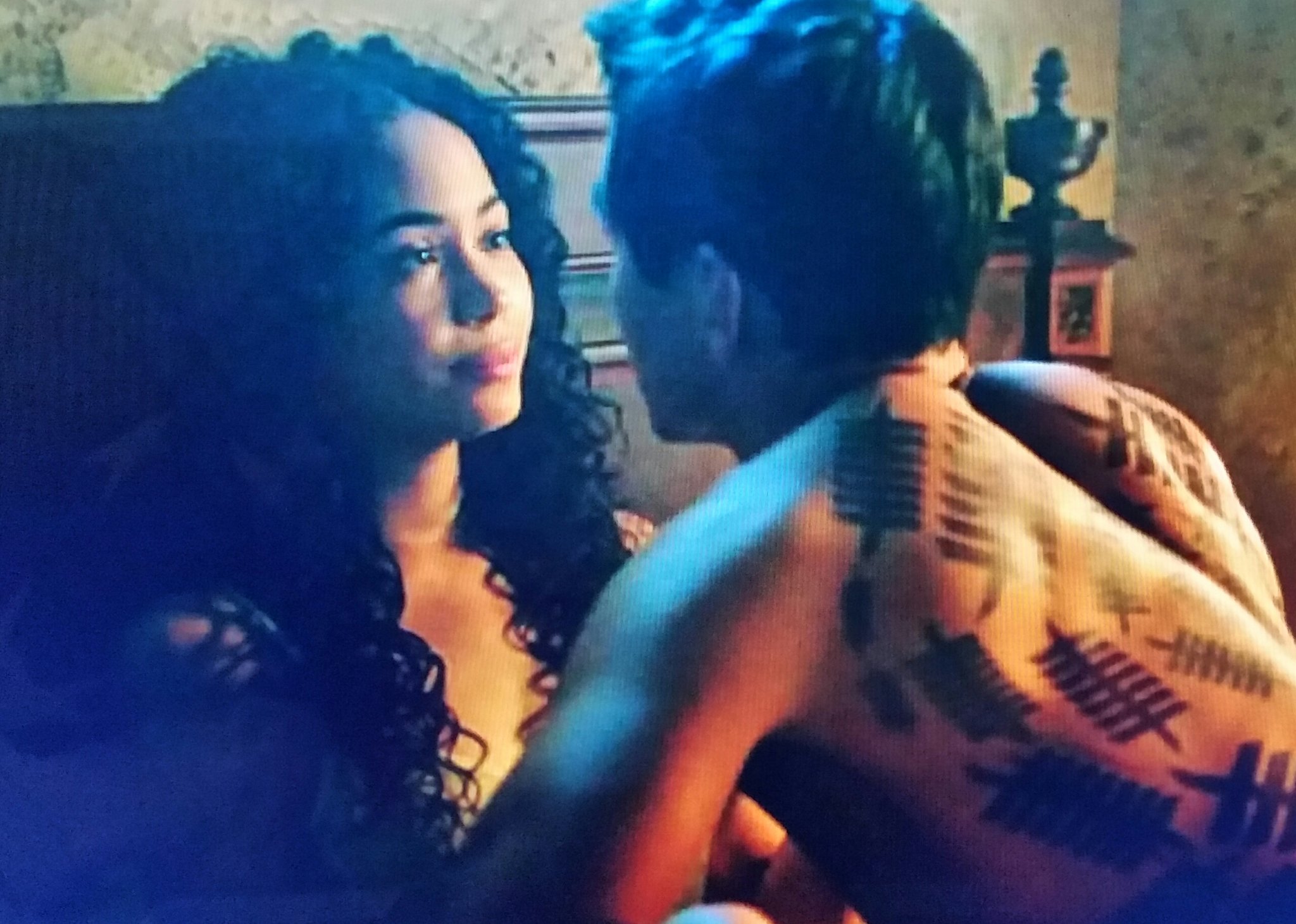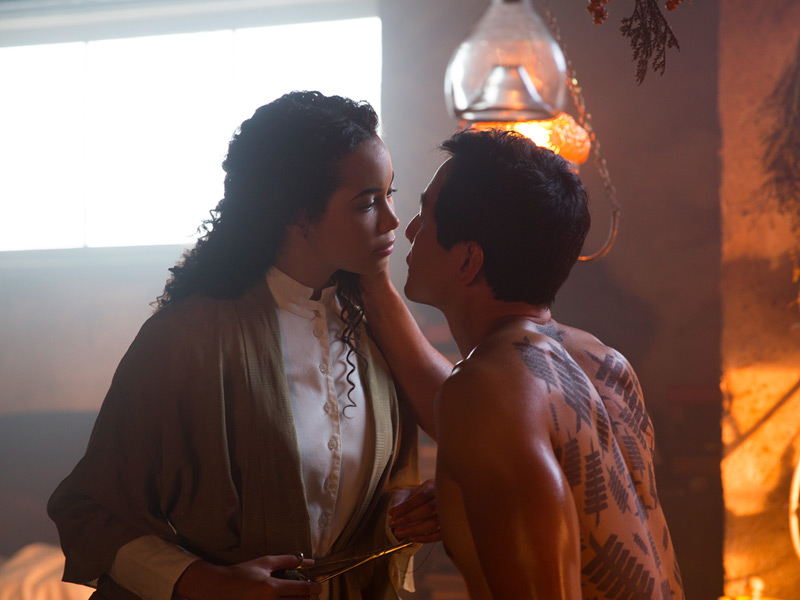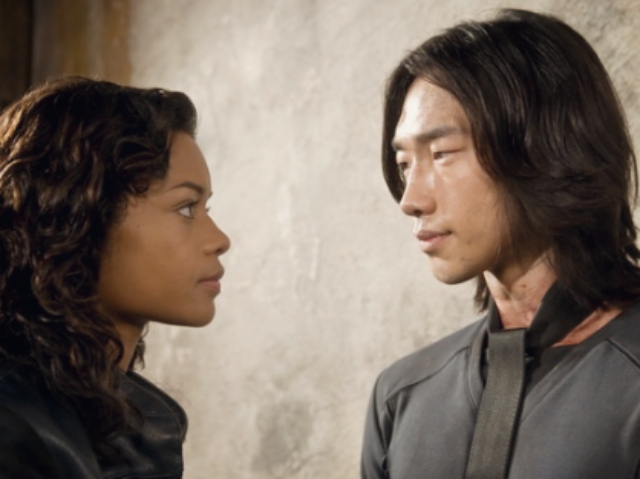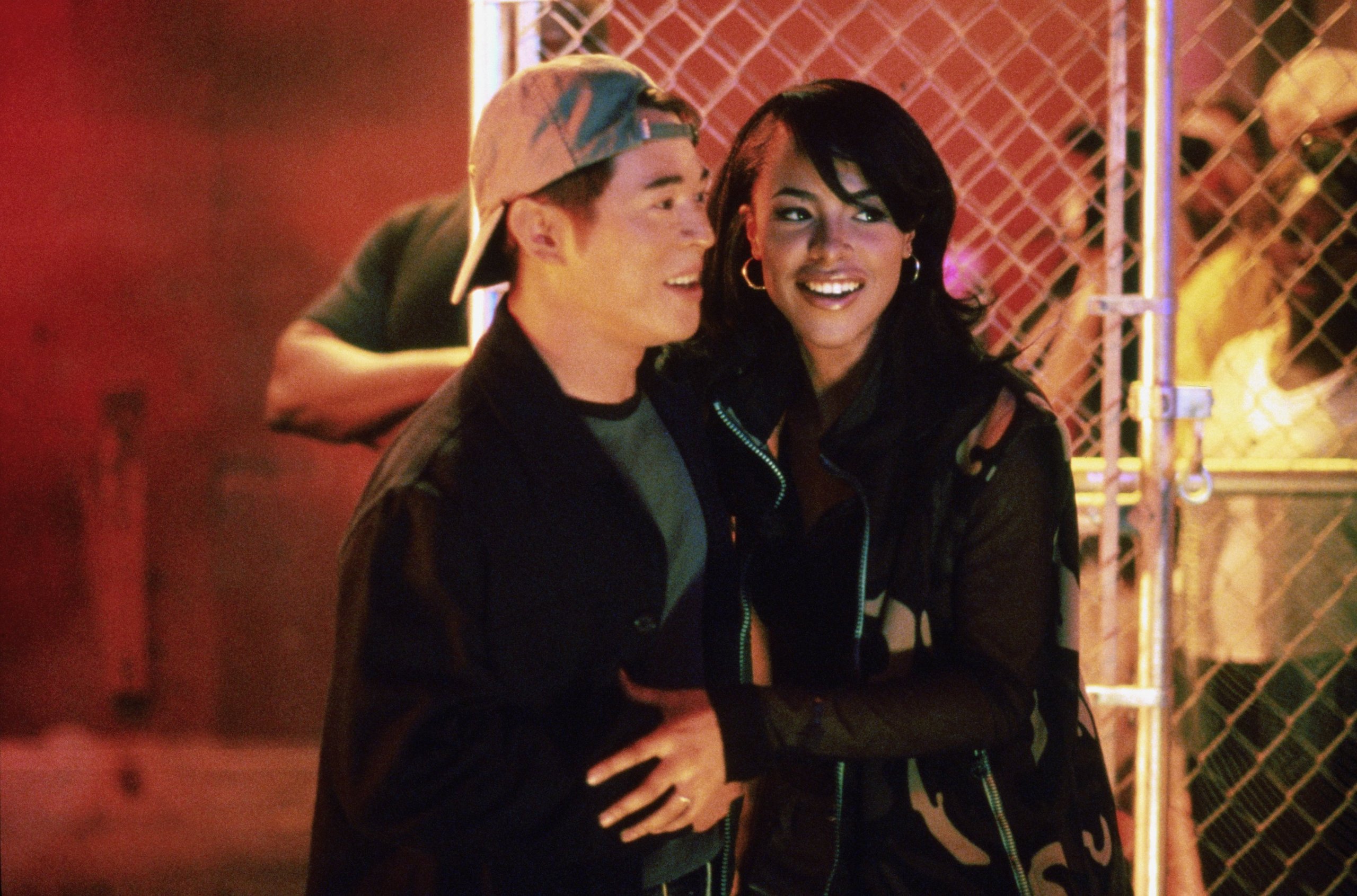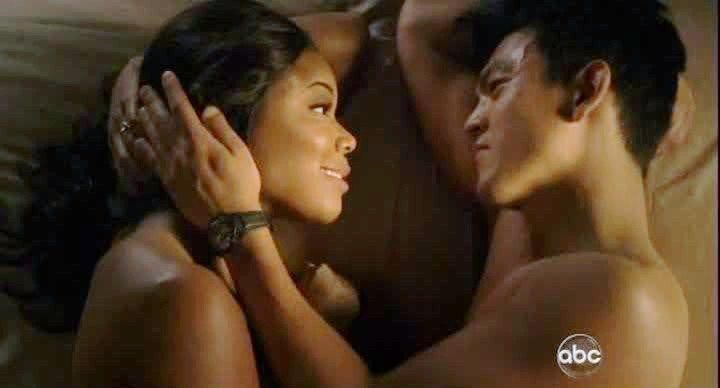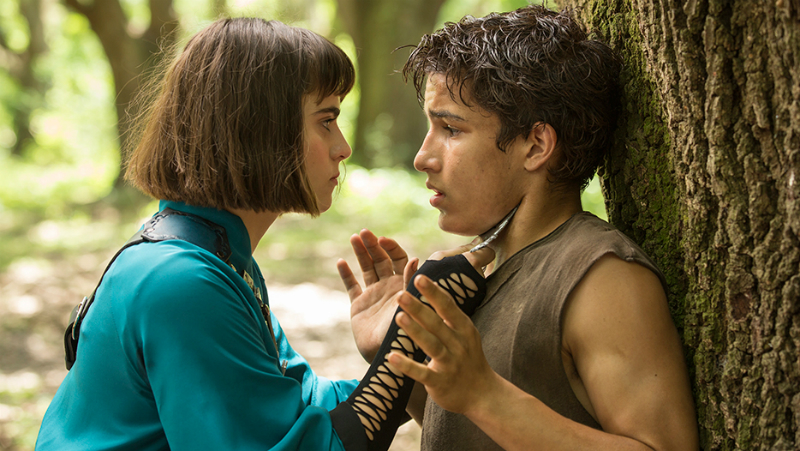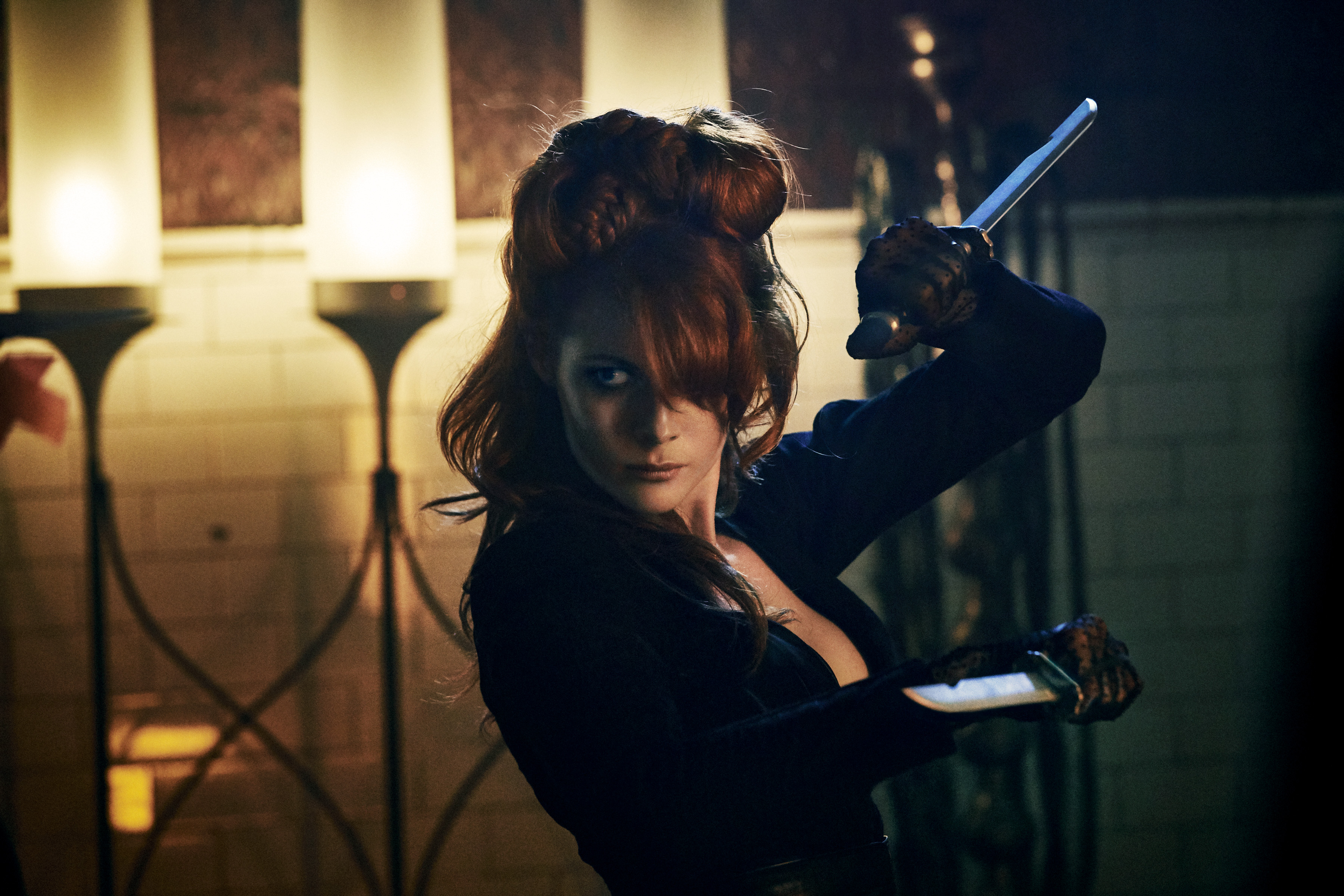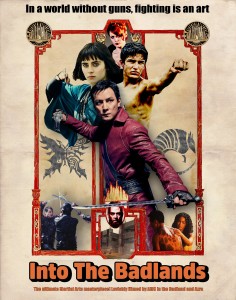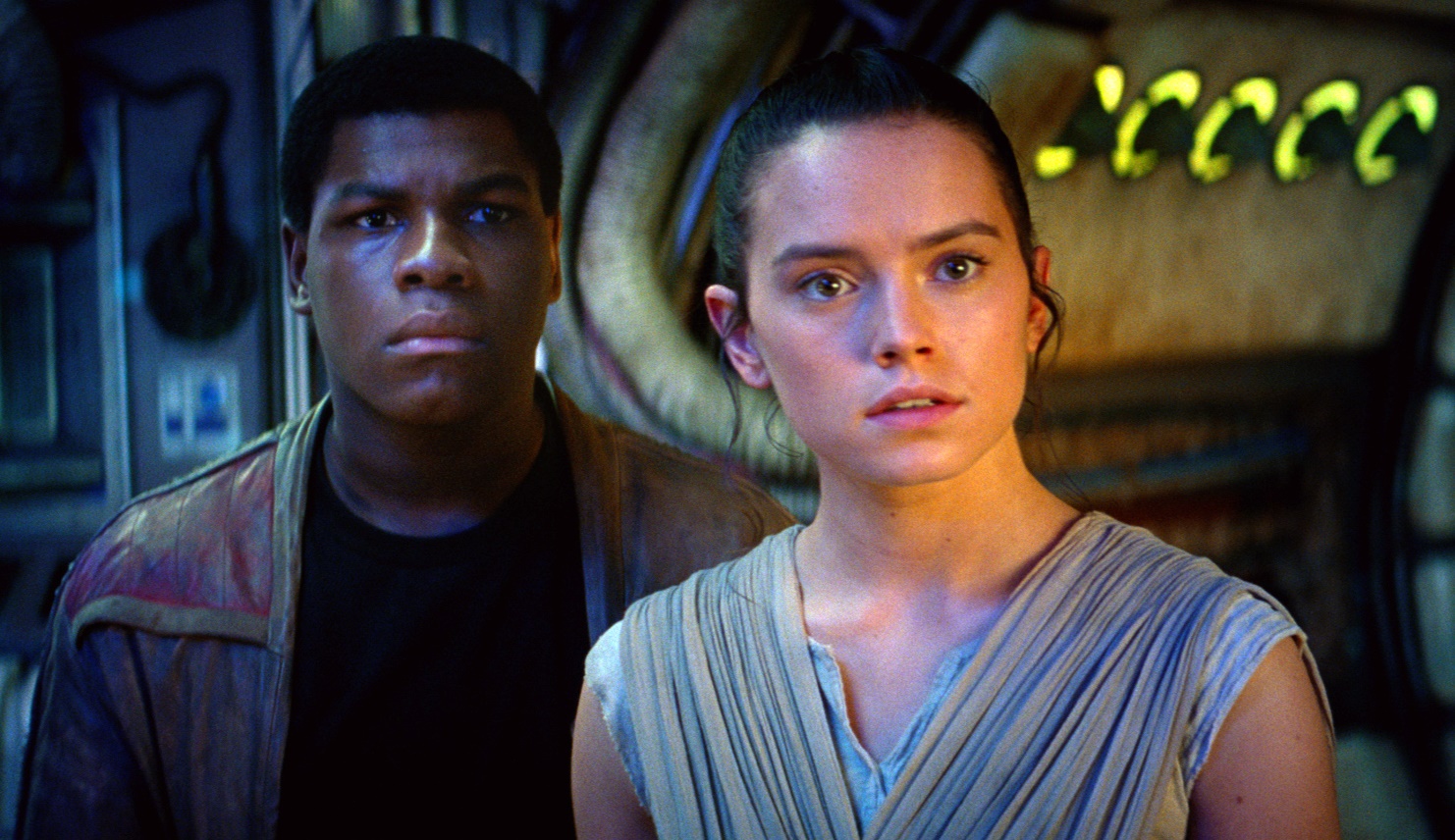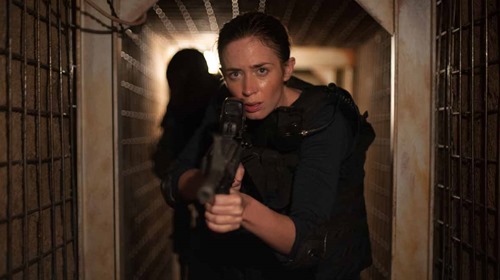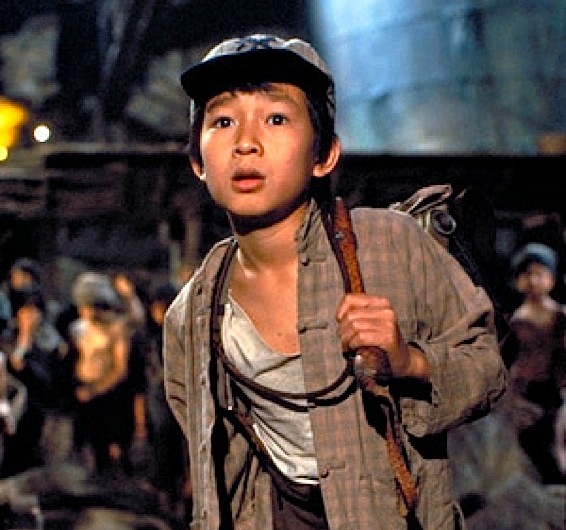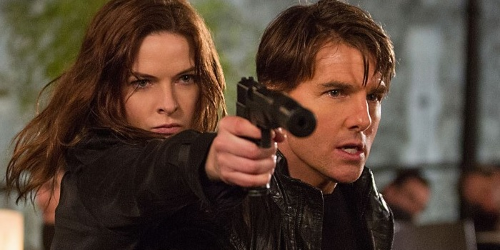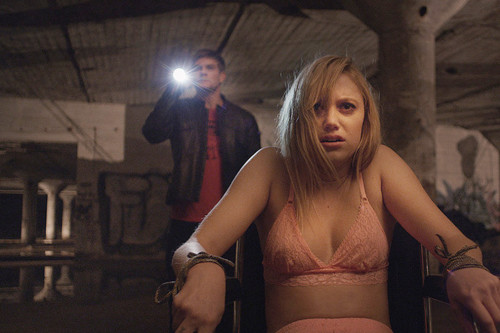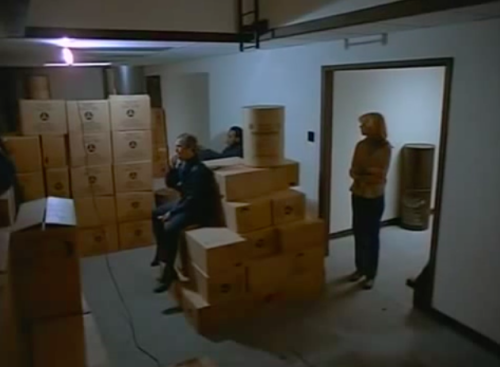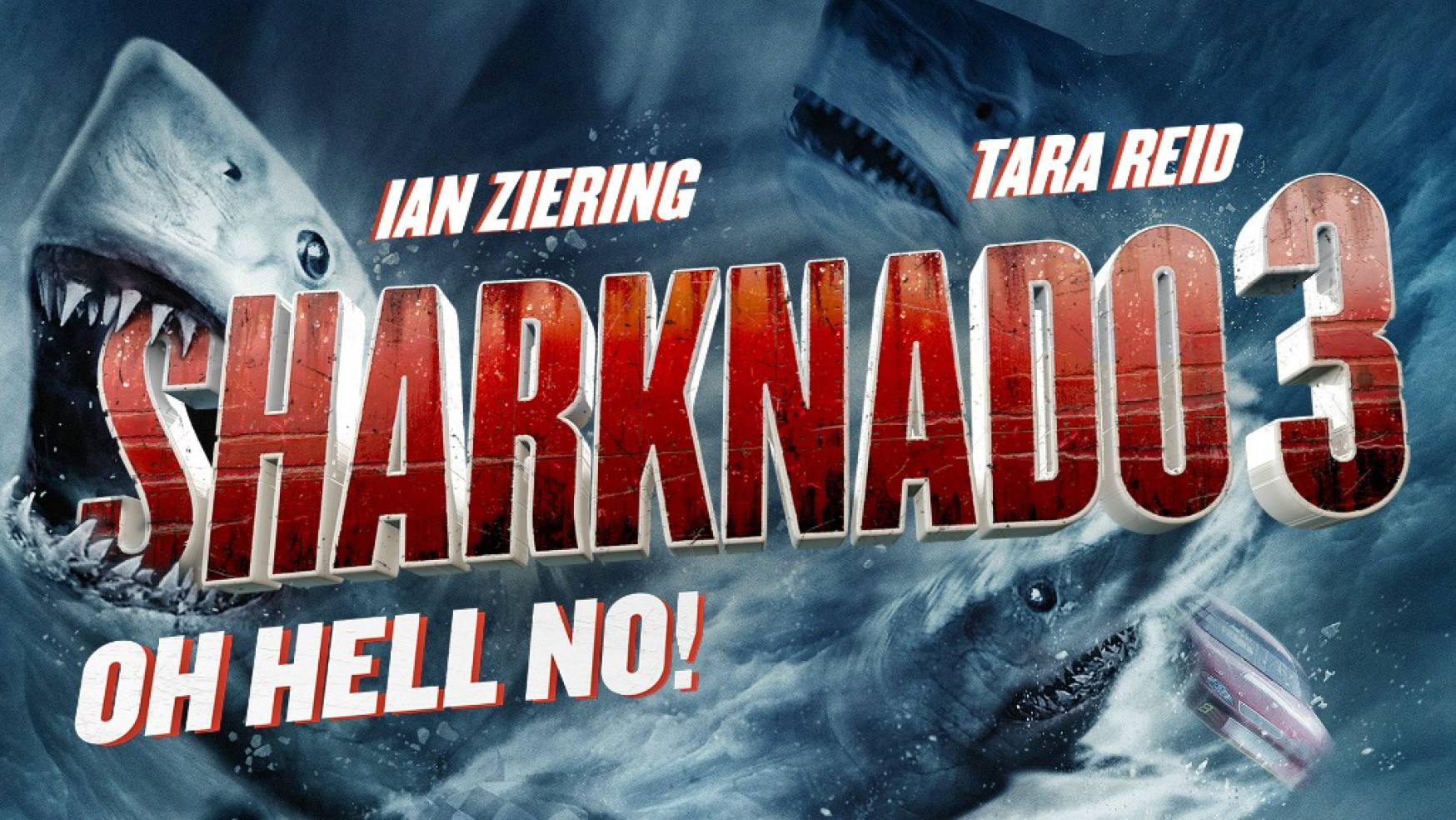This is a guest post written by Jessica Quiroli.
In 2015, Glamour magazine published an article by Megan Angelo titled, “Let’s Rewrite Hollywood, Shall We?” In it, she cited frustrating statistics about the state of women in movies. One of them was that “in 2014 33% of speaking roles in major movies went to women.” While the article overall was fascinating and frustratingly informative, it was the sidebars that caught my eye; particularly one written by Nikki Glaser.
The sidebars were mini-stories written by women, re-imagining male-driven movies, such as Die Hard (One of my favorite action movies, by the way. Also, Christmas, but never mind that.). In the re-telling of famous movie scenes, women were given re-defined roles in the lives of the men the movies focus on. My favorite was by Glaser, who took on Entourage, the movie. Confession: I’ve never seen the TV show and definitely missed the movie. But I knew the premise and some of the characters’ names. I didn’t have an issue with the series as it was based on Mark Wahlberg’s friends, but was never interested enough to watch it.
Glaser wrote about “Topless Yacht Girl,” that stock female character that hangs on a man and has no other function and, of course, no lines, at least not often. Here, topless girl on a yacht finds the character of Johnny Drama to be “one of the dumbest people with whom she’d ever spoken.” She’s a pretender, trying to get by, putting up with men that annoy her because they have all the power. She’s also given a name (!) Catherine. Catherine eventually “grabbed her top, ran toward the railing, and dove into the shallow surf.” She swims “confidently to shore” to begin a better life, where she’s valued and happy.
That article has been on my desk throughout the writing process of my screenplay, Honey Pot.
Also hanging around in a stack of inspiration: another Glamour article, an interview with Glamsquad CEO, Alexandra Wilkis Wilson who’s quoted saying, “Be your own best advocate”; and a Women’s Health piece on Reese Witherspoon, who provided a tweet I’ve made an Instagram photo of: “Successful women don’t have a lot of time for people who don’t lift them up.” (I imagine Catherine reading that same article and getting inspired to yacht-dive to freedom). The other thing that Witherspoon inspired me to remember in that interview is that we must do something about all of this. And that’s going to take a lot of work, creativity, solidarity and commitment (Also see the study of women in film, focused on screen time and amount of dialogue for female characters in film by Polygraph Cool, conducted by Hannah Anderson and Matt Daniels.)
I’ve been dabbling in screenwriting for a few years, working on it, reading about it, and studying the art form in every way I could think of, outside of taking courses. In the absence of that, I bought the book by Lew Hunter, a professor of screenwriting at UCLA, which is his curriculum in book form, or as close as it gets. I reached out to him and consulted him for advice. After a mishap mailing him a script three years ago, I e-mailed him my first truly serious, heartfelt attempt a baseball screenplay called Minor League Guys in 2015, and he gave me some excellent feedback. Then I realized that I hadn’t told the story I wanted to, so I started over and e-mailed the new version a few months later. He gave high praise for the re-write and I began putting myself out there professionally. I’m still figuring that out. I’d been a baseball writer for a decade, skipping college, and over time figured out what I really wanted to do. I’ve logged many miles and hours developing my craft. Baseball kind of found me, but writing was always my destiny.
Minor League Guys is about four baseball players at different stages in their careers, it was about the world I knew; but what was also important to me, was that the women in the story be given a real voice, a rich inner life, and, you know, lines. The wives of the players aren’t background noise with nothing to do but serve the male characters stories: they’re women who own businesses, go to school, are supportive of one another, and also expect support from their husbands. They all have very equal partnerships with their significant others. Another of the main characters is a woman who works in the front office of the fictional team. In her introductory scene, she’s in command, giving directions and informing others around her. I was mindful with their lines. And none of them are unstable, without personality, or nameless, sitting around in bathing suits.
Perhaps this is what that golden beacon of light Witherspoon was referring to; create the thing you want to see in the world instead of just being upset about what’s missing. And so, that set me on a path I’d been thinking of for a while. A comedy about two women, who get caught up in a crime caper, full of wild twists and turns, lots of fun, and plenty of action. They would have so many lines!
I have a passion for comedies like Superbad and Pineapple Express, and I thought about how women don’t see enough of those kinds of comedies for themselves. The kind where life goes off the rails and your whole day or week is an unraveling adventure full of pitfalls and peril. And most of it is hilarious. My favorite feminist comedies in the past few years have both starred Melissa McCarthy: The Heat and Spy. What freaking fun films. I also admit, despite how much you might frown reading this, that I loved The Other Woman. Yes, it’s about three women in love with a dude that’s lying to them all. But they become instant friends and teammates. We root for them as friends, and as smart women who want to teach that guy a lesson. They outfox him. And they look glamorous doing it and I loved that, too.
But we need more and we deserve a variety of stories, particularly comedy, in which women are the center of the action and they’re not trying to win over a guy or have that be the entire focus. Think about buddy-cop movies like Beverly Hills Cop or action-comedies like The Other Guys or funny westerns or coming-of-age sex comedies. Women want those too. We want to see ourselves.
Honey Pot originated from a writing prompt and developed over a year and a half. I have to sit with characters a while, getting to know them and hear them (so writerly, I know) before I begin. I write down lines, scrawl scene ideas on a college notebook, and take mental note when something interesting or funny happens that I think I could become a scene.
When I sat down to begin, I had a page full of possible titles. I wanted something like Superbad, that had punch to it and sounded like a good time, but also sounded like the name of an awesome music group from the 70’s. I wanted it to imply something about the story in an animated way. But for all the fun I had in mind, other elements were pulling me to expand my vision. I was thinking about street harassment, women in small business, equal pay, single motherhood, how image defines us, and sexual shaming. I also wanted to make fun of movie-making when it comes to roles for women. They’re always the wife/girlfriend/fiancée/mistress on the phone, waiting for the guy to return from the fun, hi jinx, danger and actual story. I felt myself drawn very naturally to weaving these elements into a funny story. Ultimately, every comedy, even the most absurd, has heart. In the creative flow, I was hearing a new voice. The Catherines’ of the world have a lot going on and plenty to say about the way the world treats them.
On the first page of notes, the very first line I scrawled was about slut-shaming. It was funny and served a purpose to the overall story. I realized that this was clicking. I was doing all the things in every scene I needed to. I didn’t want to preach, but show professional, happy women with strong friendships, and healthy personal lives. They have their insecurities, inconsistencies, family issues, and uncertainty about what the future holds. But they’re confident in their abilities. They enjoy life on their own terms. And they’re each other’s allies.
In the midst of dealing with life, and making important business decisions while financially strapped, in walks a client that shakes things up, and sets the characters on a wild path. I ask myself, “Will women have fun watching this?” I remained mindful of the ways in which they spoke to each other, to others in their lives, and how they viewed themselves.
Writing women like that isn’t difficult. It really isn’t. Writing women as interesting, multi-layered individuals with a rich inner life isn’t impossible, so the fact that men continue to write women with so little substance isn’t because they can’t. It’s that they won’t. And the fact that there aren’t more female-driven comedies isn’t because (sorry to bring this nonsense up again) they aren’t funny, it’s because mostly men run the show and most of them don’t value women as anything other than wives and ‘yacht girl in bikini.’ They don’t see women as funny and interesting and smart and worthy of 90 minutes, so they don’t write for them and they don’t include them. It’s. A. Choice.
Don’t get me wrong. I didn’t know if I could be funny on paper. AND write an action-oriented movie that wasn’t about baseball. AND pay tribute to the mystery stories I’ve always loved. I had no idea if I could do any of those things. But I was inspired and motivated and went from there.
A few years ago, I wrote a screenplay that focused on the life of a woman who had grown up in baseball as the daughter of a player and married a player. She was full of life and sexuality and confidence. In the early part of her life, she was challenged by her father’s strident views and rebelled. I submitted it to the Francis Ford Coppola-created Zoetrope website, where readers were allowed to comment on scripts. One man sent me a message I’ll never forget. Of the heroine, he wrote, “She’s obviously a slut.” I stopped submitting my work there. Subjecting myself to a guy like that didn’t help me as a person or writer. But I remember that now as I pursue telling more women’s stories. I refused to allow the word “slut” or “bitch” (though I understand the use in things like, oh, an amazingly timely website!) or any of the words we use for women and don’t blink an eye about.
In Honey Pot, I wanted to elevate the female experience, the female language. I wanted to write a fun, smartly entertaining story that women could love. I want them to see other women rooting each other on, and working as a team. I want to see myself, having fun, and figuring out how to save the day.
It doesn’t feel groundbreaking. But when I look at women in comedic films, I realize that funny women doing fun, interesting things is still a work in progress. So, let’s keep making progress. We’ve been left out of the fun long enough. I believe Catherine agreed.
Jessica Quiroli is a minor league baseball writer for Baseball Prospectus and the creator of Heels on the Field: A MiLB Blog. She’s also written extensively about domestic violence in baseball. She’s a DV survivor. You can follow her on Twitter @heelsonthefield.
